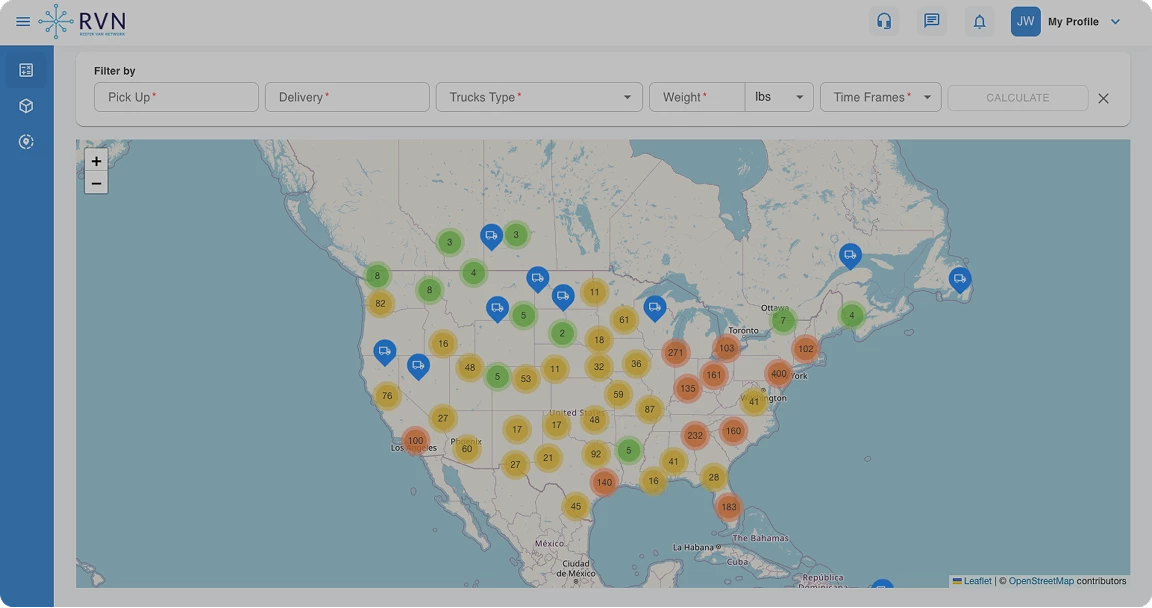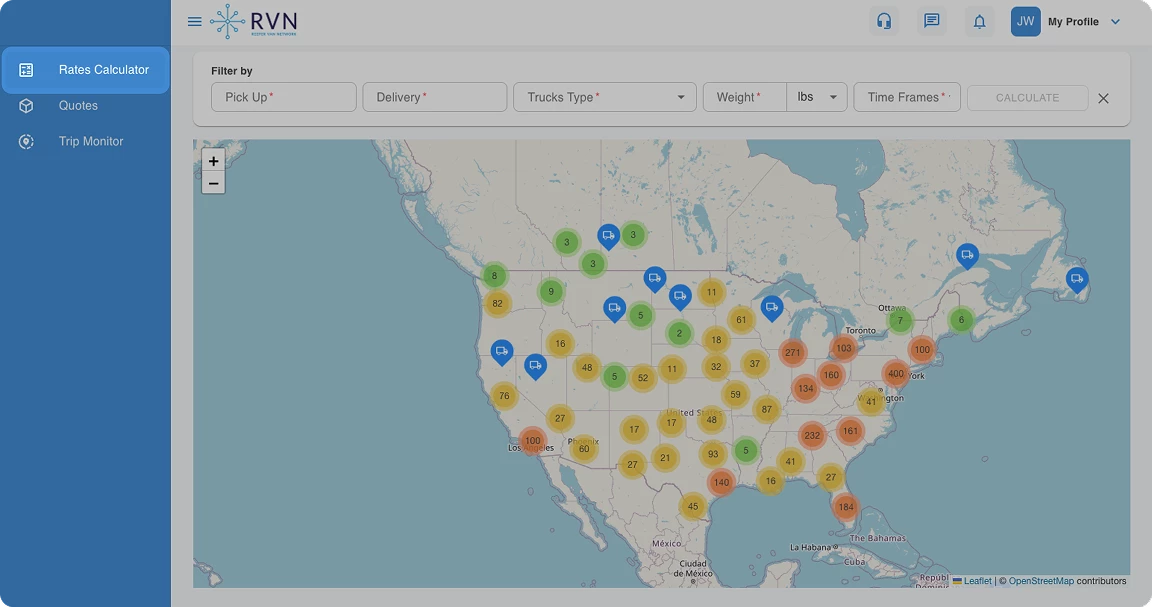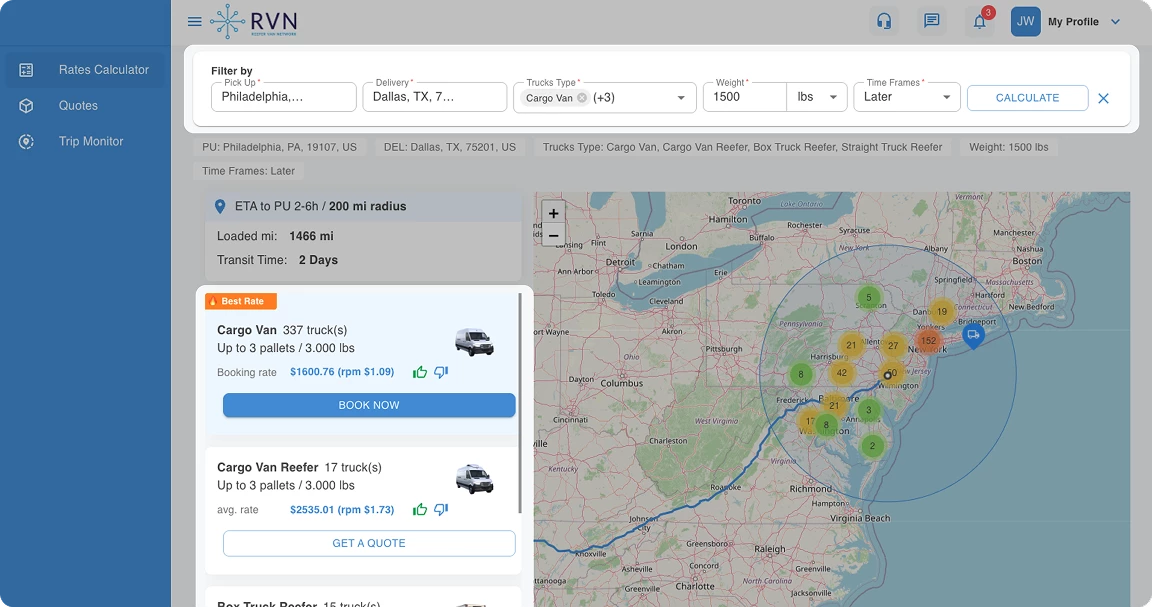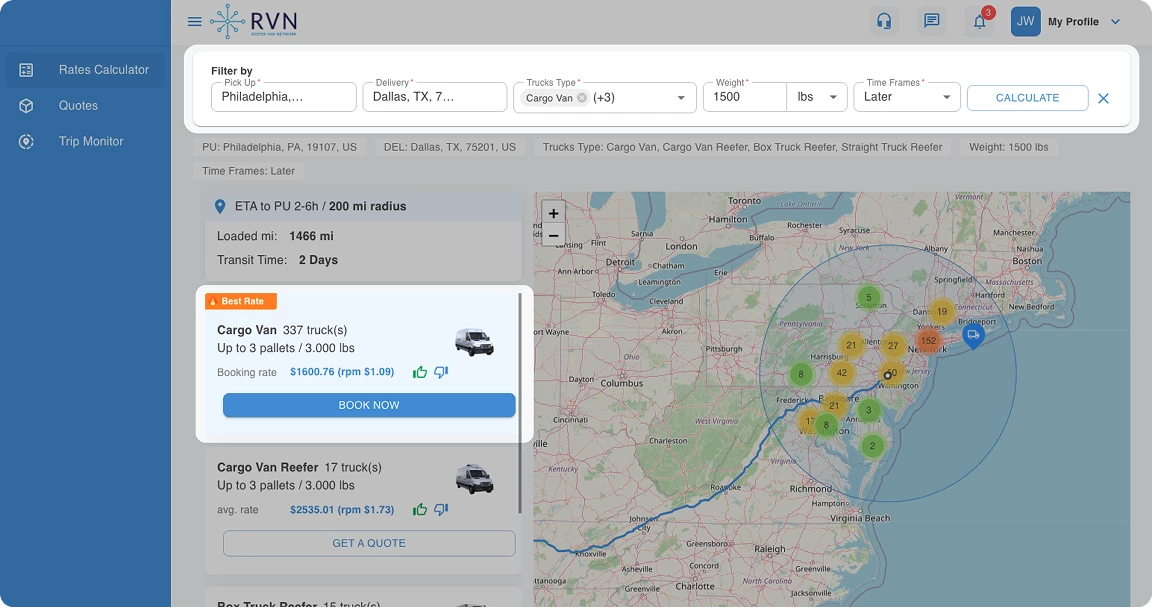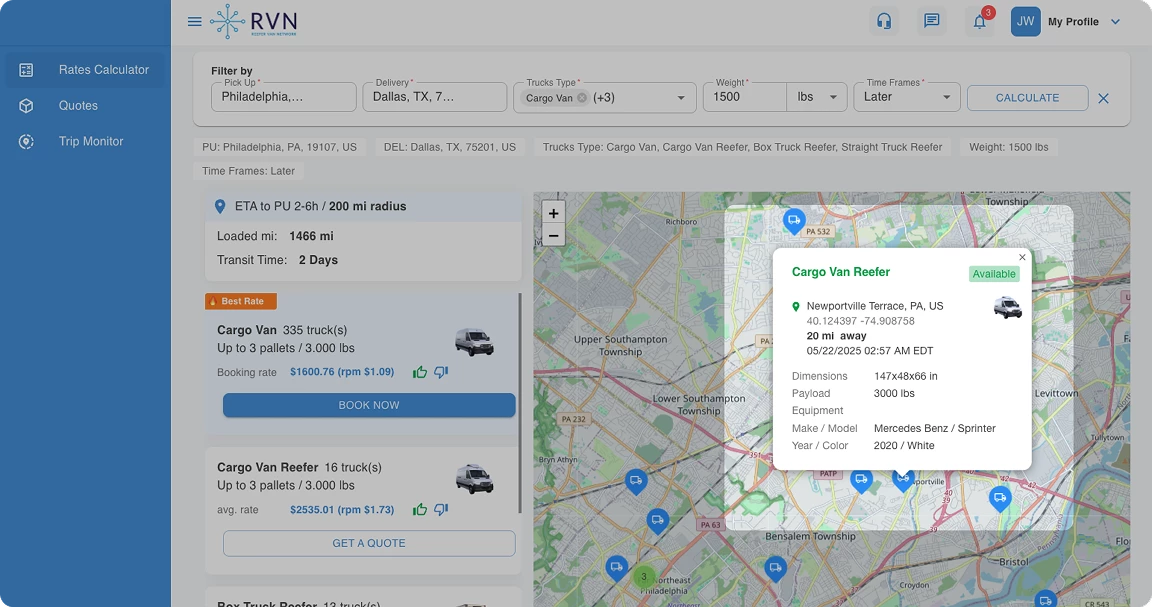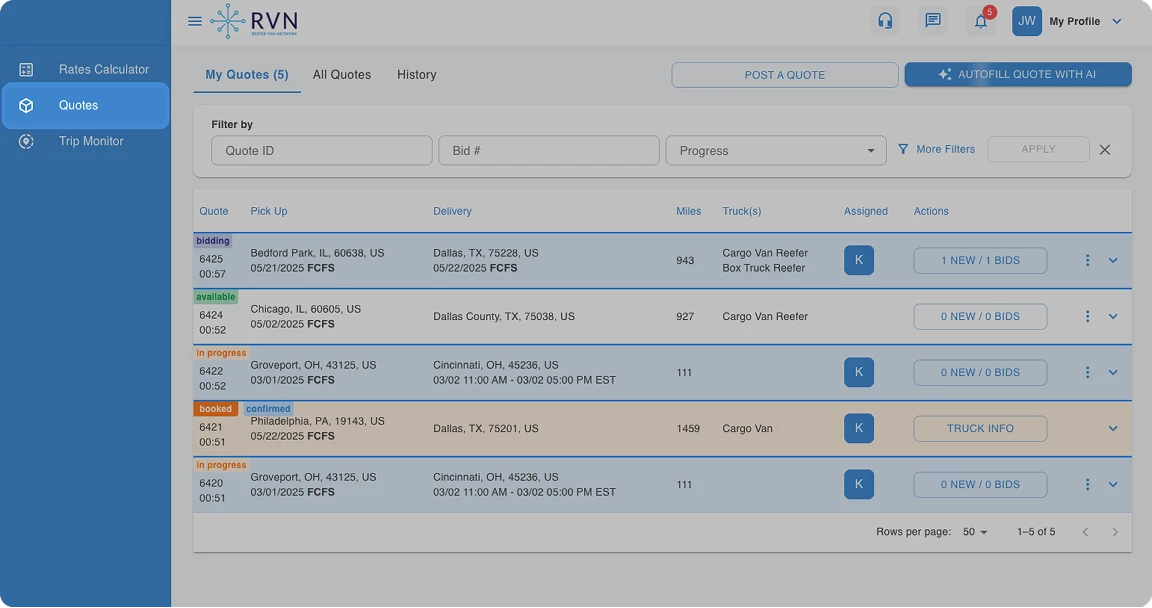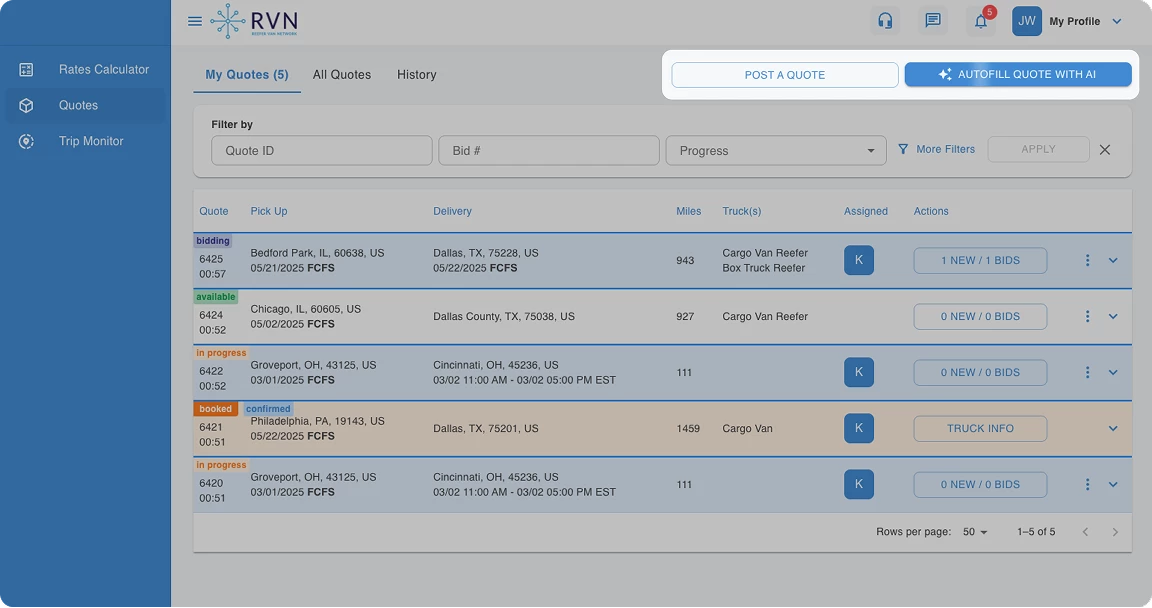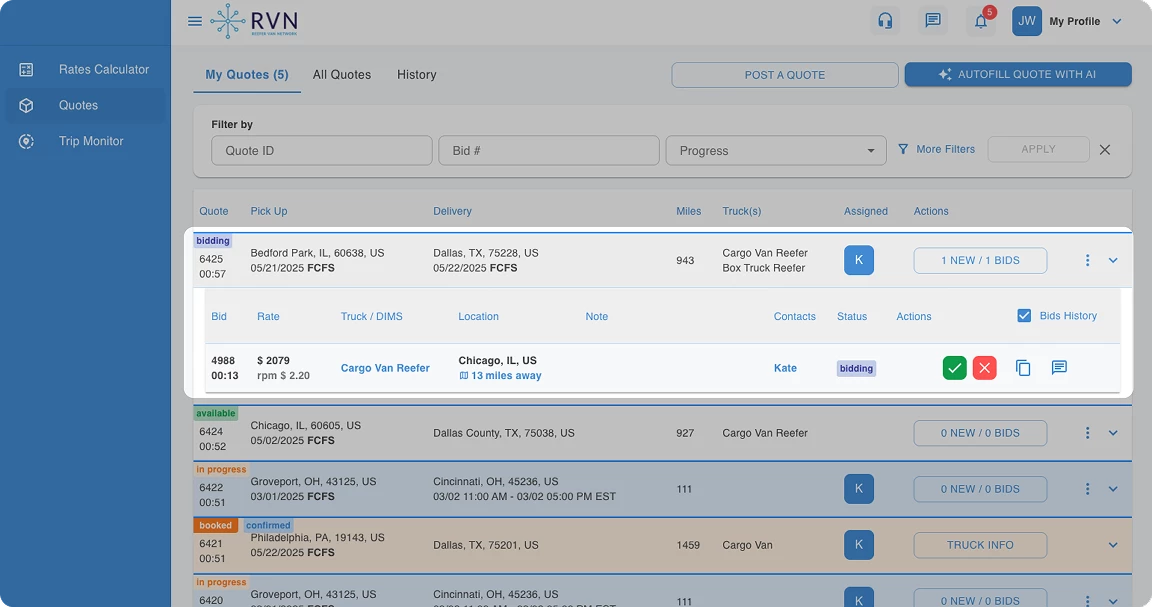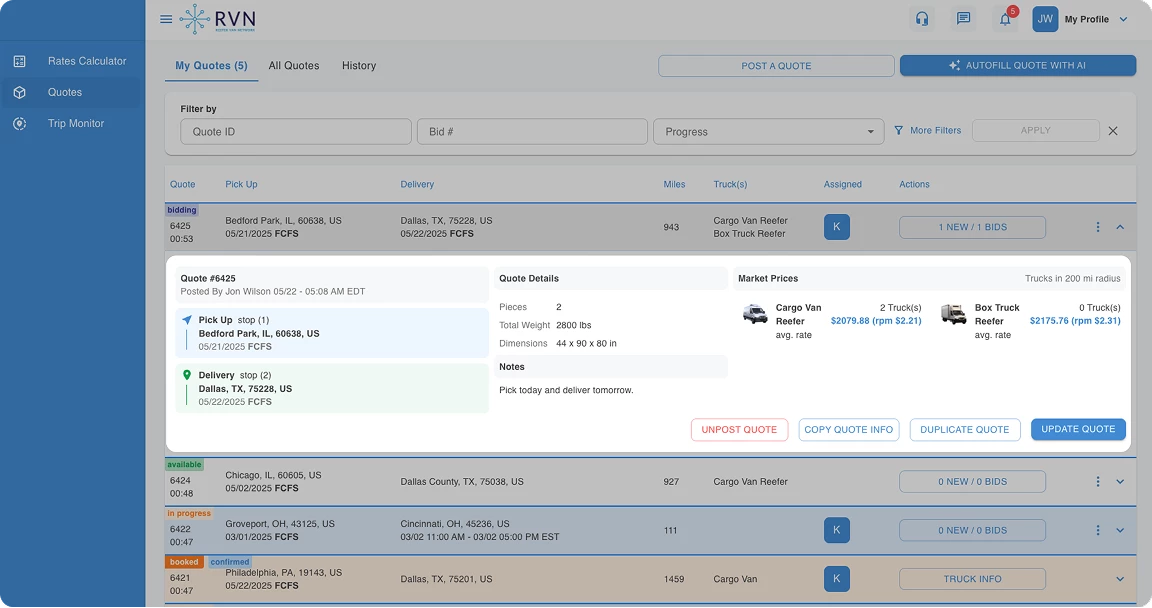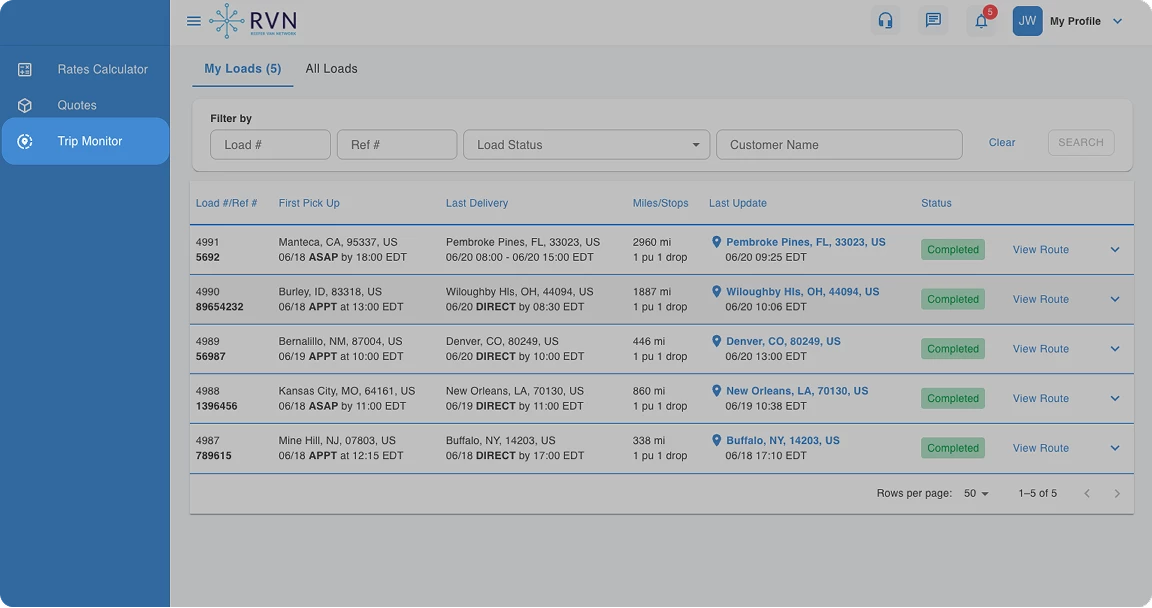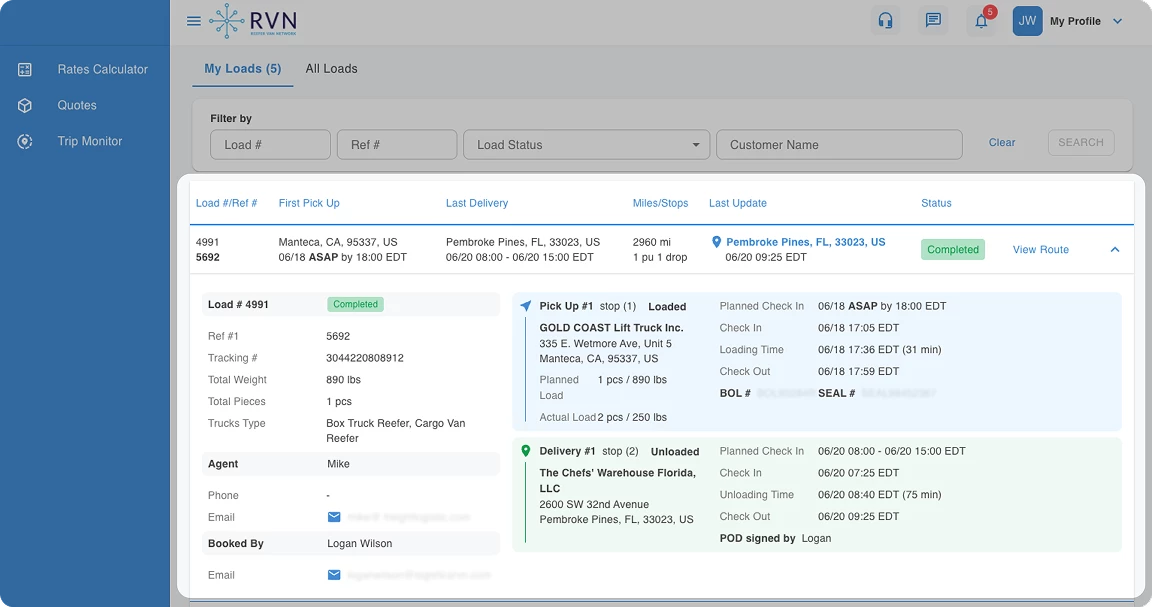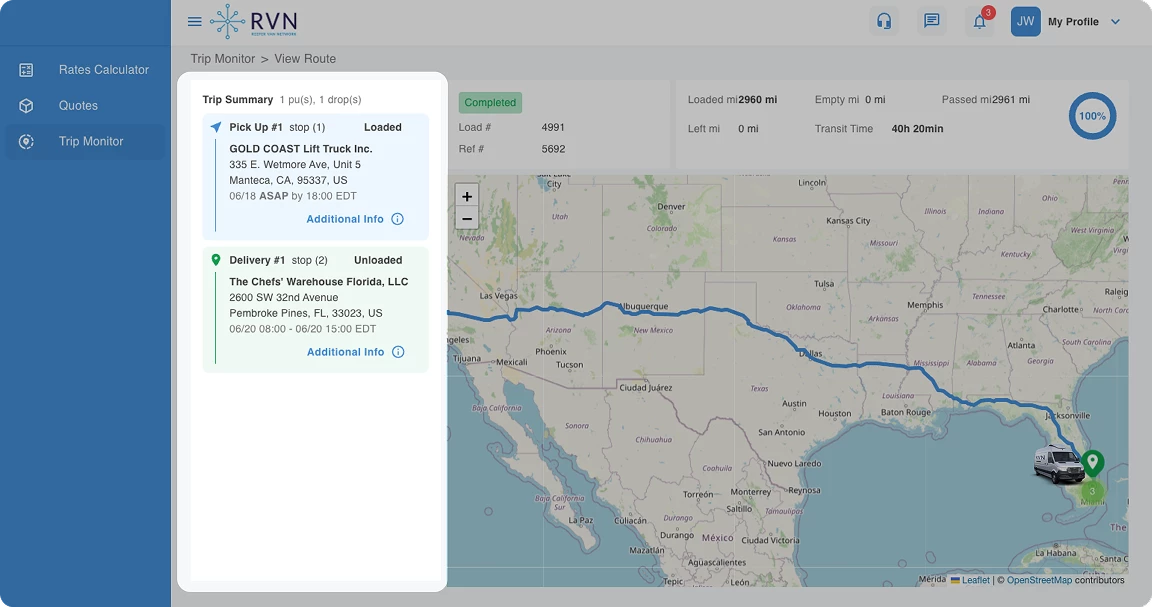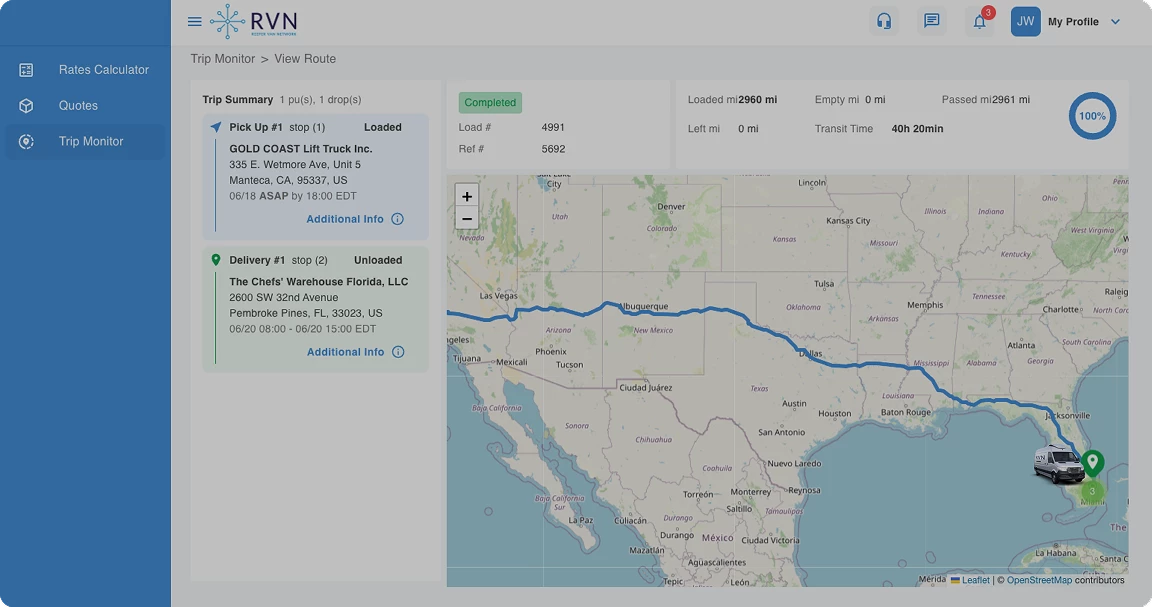
What is a refrigerated van? The shortest answer is a large fridge on wheels because this is actually what a refrigerated van is at its core. It does the same job as your home reefer, ensuring the freshness of goods transported from point A to point B. These specialized vehicles provide a controlled environment, maintaining precise temperatures to preserve food, pharmaceuticals, and other temperature-sensitive products during transit. Refrigerated vans play a critical role across various industries where an efficient cold chain is essential.Understanding How Refrigerated Vans Are Made
The Role of Refrigerated Vans in Modern Logistics
The significance of refrigerated vans is hard to overestimate. In the food sector, they are a must for transporting perishables like dairy products, meat, and fresh produce, ensuring these items reach consumers in optimal condition. The pharmaceutical industry relies on reefer vans to maintain the efficacy of temperature-sensitive medications and vaccines during transit. Even the floriculture industry benefits from these specialized vehicles, as they help keep flowers fresh and vibrant until they reach their destination.
Refrigerated vans are integral in maintaining product quality. By providing a stable, temperature-controlled environment, these vans safeguard the integrity of goods against external temperature fluctuations. Refrigerated vans are more than just a means of transport; they are a vital link in the chain of quality assurance in modern logistics.
How Do Refrigerated Vans Work?
The operating principle of refrigerated vans is similar to household refrigerators, albeit on a larger scale. These vans utilize a refrigeration system that includes a compressor, condenser, and evaporator to remove heat from the interior and maintain a cool, stable environment. Working in tandem, they circulate refrigerant through the system, absorbing heat from the van’s interior and expelling it to the outside air through the condenser.
A critical aspect of these vans is their insulated, airtight compartments. This insulation, usually made of high-density polymer foam, forms an effective barrier that prevents external temperature variations from affecting the internal environment. Additionally, the airtight nature of the compartment ensures that the cool air stays within and warm external air does not infiltrate. This design aids in temperature control and enhances energy efficiency, making refrigerated vans a reliable and sustainable option in the logistics of temperature-sensitive goods.
Key Components of Refrigerated Vans
The efficacy of refrigerated vans hinges on three major components: the condenser, evaporator, and compressor, each playing a distinct yet interconnected role in the refrigeration cycle.
- Condenser: After the refrigerant is compressed, it enters the condenser as a hot gas. Here, the condenser cools the gas down, transforming it into liquid. This change releases heat, which is dissipated into the surrounding air. The condenser’s efficient functioning is crucial, ensuring the refrigerant is adequately cooled before moving to the next stage.
- Evaporator: Located inside the van, the evaporator is where the actual cooling of the van’s interior occurs. As the liquid refrigerant reaches the evaporator, it absorbs heat from the air inside the compartment, effectively lowering the temperature. This process converts the refrigerant back into a gaseous state. The evaporator’s ability to efficiently absorb heat is central to maintaining the desired temperature inside the van.
- Compressor: Serving as the heart of the refrigeration system, the compressor circulates the refrigerant through the van’s cooling system. It draws in the gaseous refrigerant from the evaporator, compresses it, increasing its temperature and pressure, and then pushes it towards the condenser to start the cycle anew.
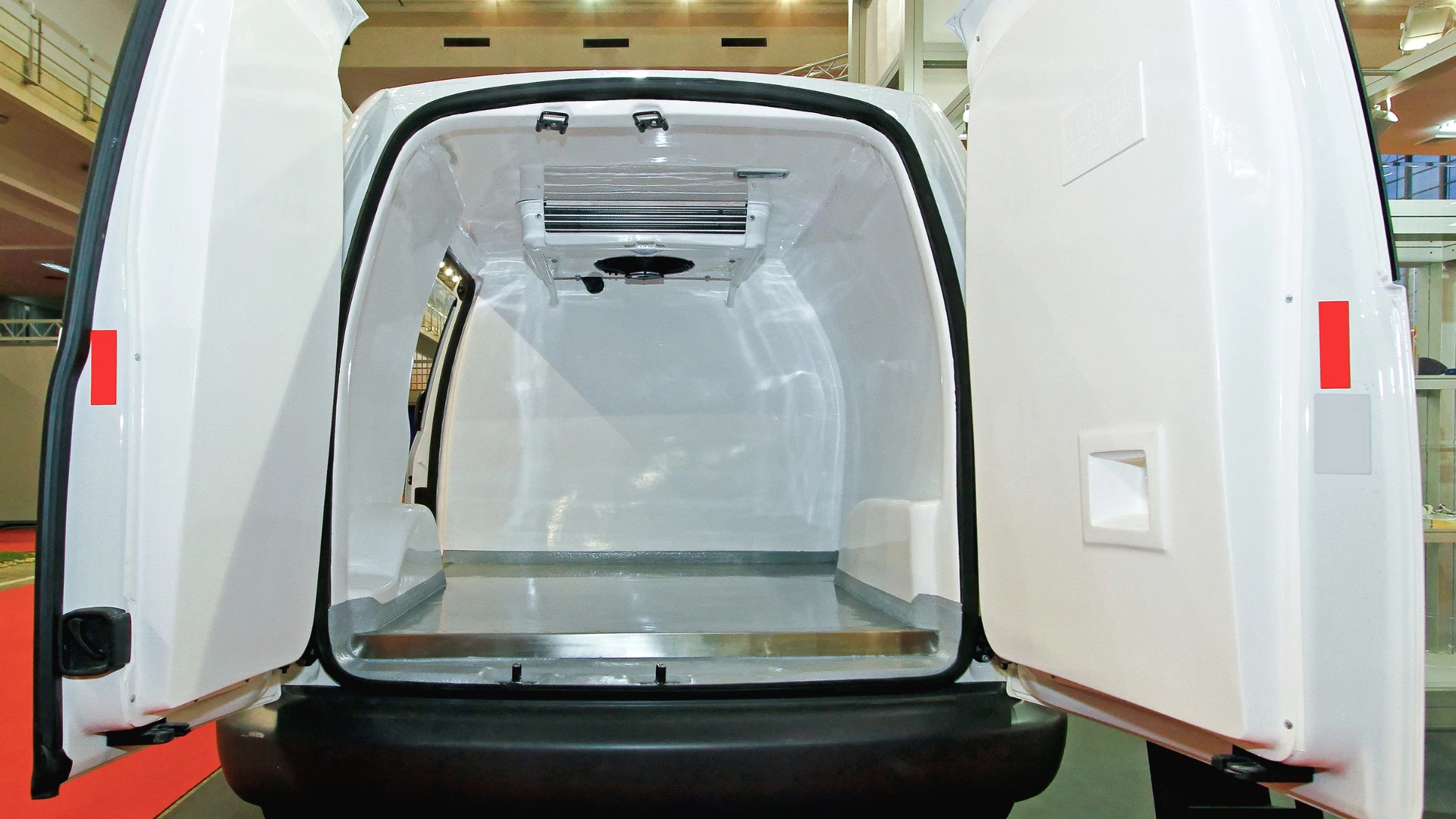
The Refrigeration Cycle Explained
The refrigeration cycle in the van is a continuous loop that involves heat absorption and dissipation, ensuring the maintenance of the desired temperature. It starts with the compressor, which compresses the refrigerant gas, increasing its pressure and temperature. This hot, high-pressure gas then flows to the condenser. In the condenser, the gas releases heat to the surroundings, cooling down and transforming into a high-pressure liquid.
This cooled liquid then moves to the evaporator through an expansion valve, which reduces its pressure and temperature. In the evaporator, the low-pressure refrigerant absorbs heat from the van’s interior, effectively cooling the air inside the compartment. This process transforms the refrigerant back into a gas, which is then drawn back into the compressor, completing the cycle.
Throughout this cycle, the refrigerant acts as a medium for carrying heat from inside the van to the outside, maintaining the internal temperature. The precision of this process is critical to ensuring that the goods inside the van are kept at the required temperature.
RVN’s Network of Small Reefer Vans
As a recognized cold chain logistics leader, RVN stands out with efficient solutions. It provides an extensive network of small refrigerated vans specifically tailored for smaller, temperature-sensitive shipments. Each van in this network is part of a rigorously vetted fleet, ensuring that both the driver and the vehicle adhere to RVN’s high standards. This comprehensive vetting process focuses on reliability, efficiency, and compliance with safety regulations, guaranteeing top-notch service for each and every shipment.
For businesses or individuals needing to transport small-scale temperature-controlled cargo, particularly those that require less than three standard pallets, RVN’s network is the perfect solution. By choosing RVN for your small cargo shipping needs, you can rest assured your cold chain shipments are in safe, expert hands.
Conclusion
Understanding how refrigerated vans are constructed and operate is essential in recognizing their critical role in cold chain logistics. These vehicles are the guardians of quality and freshness, enabling industries to meet the demands of consumers efficiently and reliably. Their role in maintaining the integrity of perishable goods underscores their indispensable nature in modern logistics.
Back to blogYou may also be interested in

What Is the Proper Temperature for a Refrigerated Delivery Truck
Refrigerated delivery trucks, commonly known as reefer trucks, are the backbone of the cold chain logistics industry. These vehicles are designed to transport perishable goods while maintaining specific temperature ranges to preserve freshness, prevent spoilage, and comply with health and safety regulations. Whether it’s fresh produce, frozen meats, dairy products, pharmaceuticals, or floral arrangements, each […]
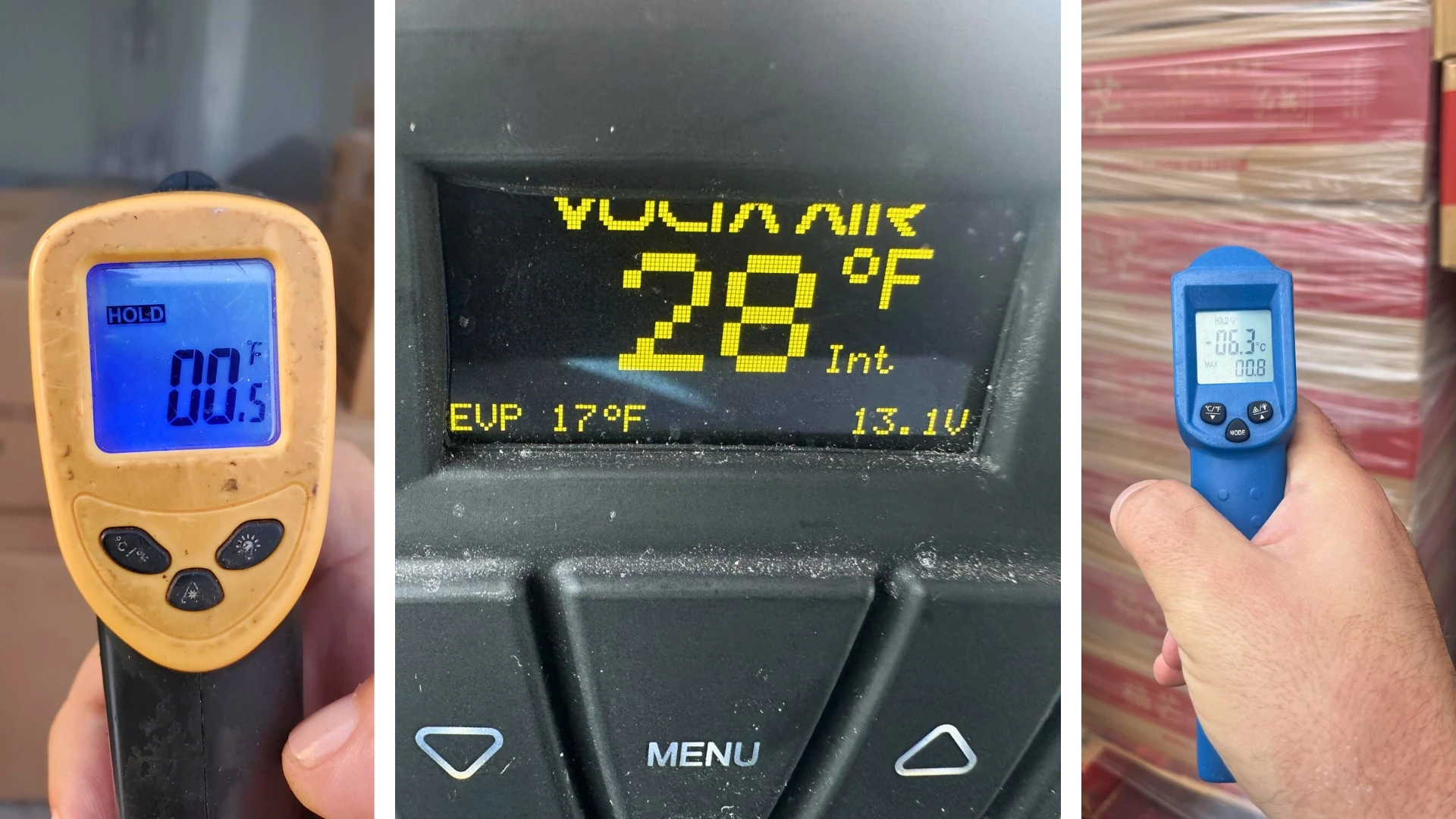
What Is Cold Chain Temperature Monitoring? Ensure Safe, Compliant Transport
Cold chain temperature monitoring is tracking and managing the temperature of perishable or temperature-sensitive goods throughout every stage of their journey — from production and storage to transportation and final delivery. It ensures that products remain within the required temperature range to preserve their safety, quality, and effectiveness. This monitoring is typically accomplished using a […]
